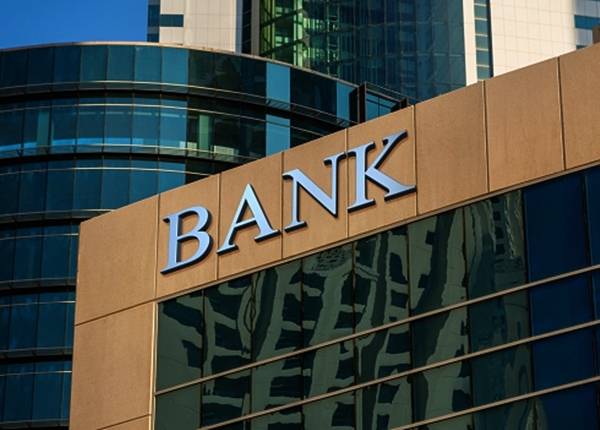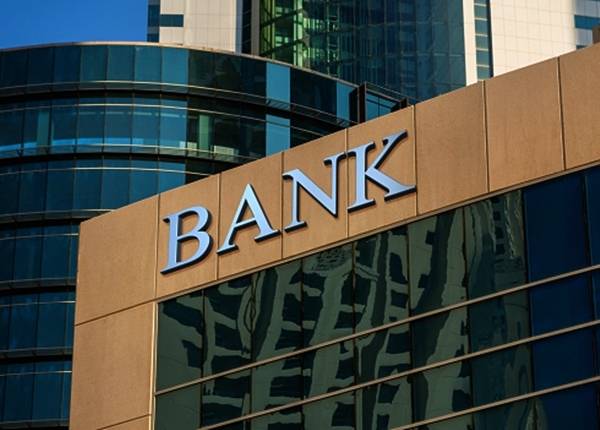Limited progress in fully divesting government ownership from public sector banks hinders their efficiency and corporate governance, making it challenging to match the standards set by major private sector banks… Anand Rathi interacts with Venkatachari Jagannathan
From the days of `phone banking’ to turning around the fortunes of Indian public sector banks by tightening the prudential norms, mega mergers, recapitalisation, spreading the banking culture amongst the masses through Jan Dhan accounts, digital banking/payment systems, Mudra loans, the country’s banking system has come a long way during the past 10 years under Prime Minister Narendra Modi’s rule.
The ruling BJP leaders used to criticise the Congress leaders for ordering public sector bank officials to disburse loans to their favourites over the phone and termed that as `phone banking’.
According to the ruling party, the ‘phone banking’ culture had saddled the government owned banks with huge non-performing assets (NPAs) and also wilful defaulters.
The last decade also saw legal agencies going behind the wilful defaulters and wrongdoers — whether in public or private sector banks.
According to a research report by the State Bank of India (SBI) the total asset/liabilities growth of the banking system during FY14-23 is 1.3 times higher than the growth in the last 60 years.
“Despite extreme challenges at the individual bank and banking system levels, as well as external challenges (such as demonetization, the failure of major non-banking financial companies and cooperative banks, rapid changes in monetary policy stance, and the pandemic, the Indian banking system has performed admirably over the last decade,” Sujan Hajra, Chief Economist and Executive Director, Anand Rathi Shares and Stock Brokers, told IANS in an interview.
Banks are better capitalised today, better positioned to handle any shock, provide faster and better services to consumers, and reach out to marginalised elements of the community in far better ways and on much larger dimensions, Hajra added.
“The non-performing loan ratio as reported by the Reserve Bank of India was on an upward trajectory going up from 4.36% in 2014, peaking to 14.6% in 2018 and thereon came down with the latest data suggesting it has been on a downward trajectory (7.3% in 2022, the latest data available).
“Looking at the market cap of public sector banks (as per the banks analysed by Anand Rathi Shares), in the same period (2014-22), it went up by 173% and their corresponding profitability went up by 134.9%,” Hajra noted.
Excerpts from the interview.
How has the banking sector transformed during the last decade under the premiership of Narendra Modi?
Ten years back, Indian banking was seeing considerable increase in non-performing loans, slowing down of credit and deposit growth, falling capital adequacy, and loss of market share for public sector banks.
The Indian banking system has improved significantly on all these parameters during the last decade. This is despite the fact that the last ten years have witnessed significant changes and challenges in the Indian banking sector.
These included tightening of prudential norms, demonetisation, the failure of DHFL, ILFS, and a major cooperative bank, serious issues with Yes Bank, consolidation of public sector banks, the pandemic, unprecedented easing followed by equally sharp increases in global monetary policy rates, and a severe escalation of geopolitical problems.
What was the situation of the banking sector in 2014, when the BJP under Modi came to power?
The banking industry was at the heart of the 2008 global financial crisis. Aside from the volatility and uncertainty, the first impact of the crisis on Indian institutions, particularly public sector banks, was quite modest.
Non-performing loans for private sector banks began to rise, and the majority of these institutions made large provisioning, reducing their profitability. The impact on public sector banks began to be noticed at the turn of the decade, and by 2012, the situation had reached crisis proportions. The asset quality of public sector banks began to deteriorate dramatically.
There was also a considerable slowdown in business for the Indian banking industry, particularly for public sector banks. In 2013, India faced a significant external sector difficulty, and the government and the Reserve Bank of India responded by rapidly tightening monetary policy and imposing other restrictions. These restrictions had a negative influence on the Indian banking sector.
As a result, in 2014, the Indian banking sector faced numerous issues and was in a fragile state in practically all main indices, including capital adequacy, asset quality, provisioning, business growth, and high levels of lending concentration.
What were the steps taken from 2014-2023 to address the issues?
The Indian banking system has undergone considerable policy changes and reforms over the previous ten years. Prudential standards have been tightened, and India has moved ahead of such standards after aligning the regulatory system with Basel III standards.
The Indian banks risk management system has been updated. Significant reforms affecting public sector banks have occurred, including increased operational autonomy, improved corporate governance, and massive consolidation.
One of the most significant advances in the previous decade has been the development of digital banking and payment systems. There has also been a rapid improvement in financial inclusion, particularly for the formerly financially excluded through Jan Dhan accounts.
What are the positive and negative sectors at play in the banking sector?
Over the previous ten years, reform efforts and other initiatives have greatly improved the financial health of Indian banking. Today, Indian banks are more capitalised than they were ten years ago, despite significant tightening of revenue recognition and asset categorization criteria, non-performing loans are significantly lower, provisioning levels are much higher, and profitability levels are much better.
Large investments in digital infrastructure have resulted in significant reductions in operating costs, while the convenience with which users can obtain banking services has grown significantly.
Through the combination of financial inclusion measures and digital banking, banks have been able to reach out to even the most remote parts of the country and the most marginalised elements of the people.
At the same time, due to proactive efforts in the banking system, Indian banks are more resilient to external shocks than even advanced country banks. Regional banks in the United States and some of Europe’s largest banks, including Deutsche Bank, faced a crisis in 2023 because of rising bond yields, among other things. Due to the robustness of the Indian financial sector, Indian banks were mostly immune to such changes.
Despite significant progress, comprehensive divestment of government ownership in public sector banks remains limited. It is difficult to run such banks at the same degree of efficiency and corporate governance as the major private sector banks without such measures.
Given public sector banks’ continuous dominance in terms of overall bank deposits and credits, these variables reduce the overall efficiency of the Indian banking system. Furthermore, the disparity between the lending rate and the deposit rate, as well as the resulting net interest margin, remains significantly higher in India than in most of its counterparts.
This is a sort of financial repression that has a detrimental influence on the broader economy by raising the cost of capital for entrepreneurs. Rising levels of unsecured retail lending by banks, both directly and indirectly via lending to consumer finance oriented non-banking financial enterprises, could constitute a serious systemic risk. Despite consolidation of public sector banks, most banks in India continue to operate at a suboptimal scale.
As a result, only a handful of Indian banks make the list of the top 100 largest banks in the world. Further, despite tremendous improvements, the financial sector’s reach to the marginalised people remains significantly lower than what is required for rapid upliftment of these groups.
So, in your view, what could be the way forward?
In the next 10 years, we would expect further significant reduction in the operating cost of Indian banks and also a fall in the net interest margins for the banking system. These factors can play a big role in reducing the cost of funds in India.
We would also expect greater specialisation of Indian banks towards certain niches of banking sector activities rather than all banks offering the full bouquet of services to all customers.
India already has one of the best digital banking networks in the world and we expect further progress in these areas including enhanced protection of data privacy and reduced levels of cyber risk. Faster pace of transition from collateral based lending to cash flow based lending for both business and personal loans is also expected.
Moreover, the financial inclusion initiatives taken by banks are also likely to get significantly more effective in the next 10 years.
On Jan Dhan accounts, other lending programmes for MSME, unorganised sectors..
In the previous ten years, India has made significant progress in each of these sectors. Nonetheless, collateral-based lending continues to be the primary mode of lending for the Indian banking industry. Such an approach stifles far faster progress in each of the aforementioned areas.
ALSO READ: Global Coal Demand to Decline in 2026 After Record High in 2023





